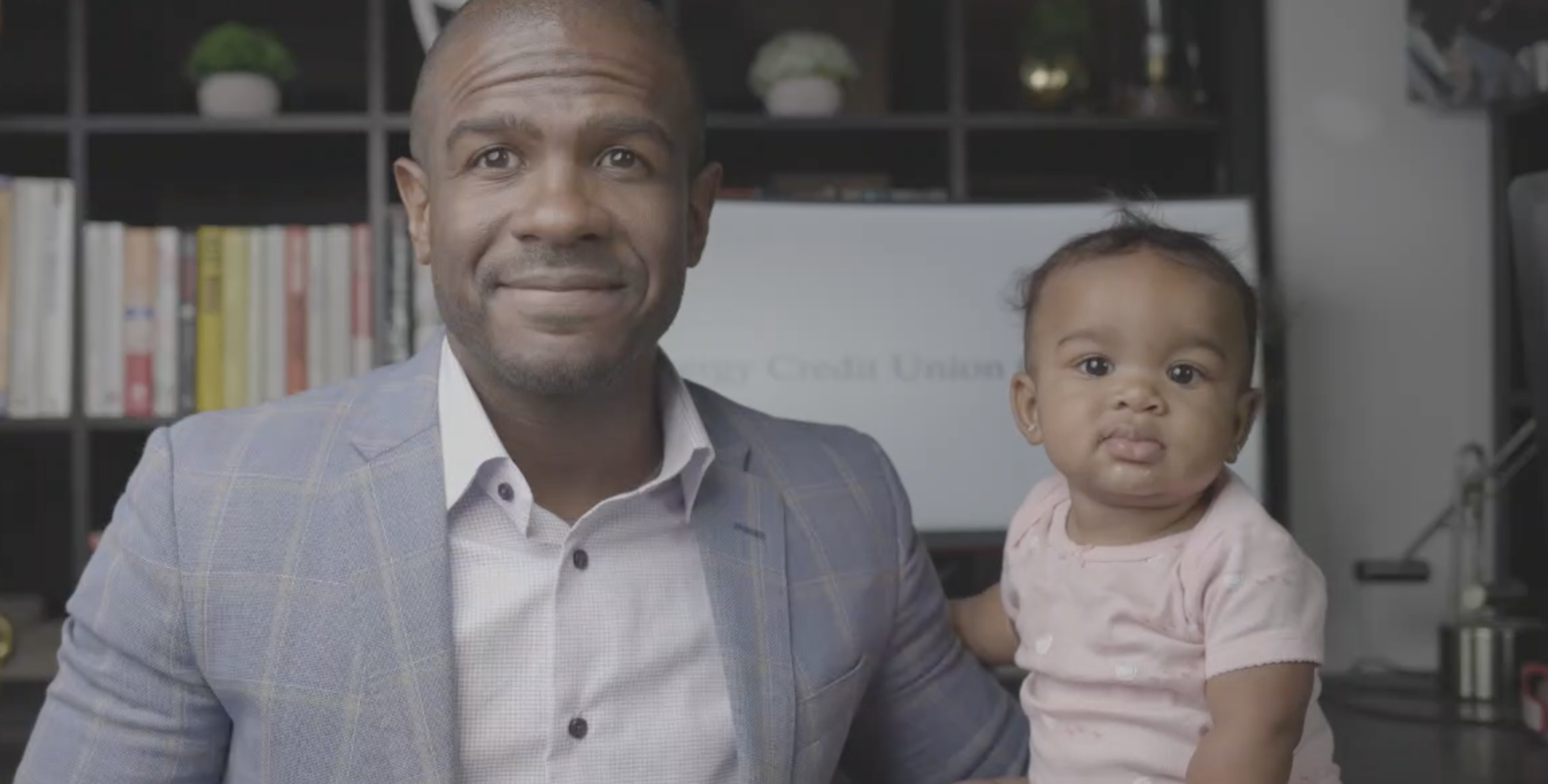Last Thursday’s NCUA monthly board agenda seemed light. It started at 11:30 and lasted less than an hour. But the ultimate outcomes could be consequential.
The main topic required no action: the report on the NCUSIF 2021 yearend audit by KPMG. And an extension of PCA covid waiver.
However I believe seeds were planted that could have a significant impact on credit unions and the NCUA’s management of the NCUSIF for credit unions. Here’s why.
The NCUSIF Dialogue: Planting seeds for Change
Chairman Harper opened the NCUSIF review with these words:
For nearly 40 years now, the NCUA has earned an unmodified opinion for the audits of its funds. This sustained achievement underscores the NCUA’s commitment to transparency, accountability, sound financial management, and the careful stewardship of the resources entrusted to the agency.
NCUSIF is the only federally managed insurance fund to require an outside independent CPA audit. GAO audits the FDIC and the FSLIC– when it existed.
An important difference is the establishment of a loss allowance account following GAAP accounting standards. The process took three years (1982-1984) for NCUSIF’s reserving process to be independently validated by the auditors with a clean opinion.
Harper then stated: As a regulator, we need to hold ourselves to the same standard that we expect of the credit unions we oversee.
The Chairman’s commitments to “transparency” and following “the same standard we expect of credit unions” could be critical if followed through with actions on topics raised by his fellow board members.
Hauptman on Investment Policy
After noting the NCUSIF’s sound performance, he made the following comment:
The National Credit Union Share Insurance Fund is a mutual asset — both reported and controlled by the NCUA and an asset reported by the credit unions. Credit unions are required to supply the majority of the fund’s equity through a 1-percent contribution of their insured shares. Just like any credit union board, the NCUA Board has the responsibility to regularly review its investment strategy . And for the sake of transparency and clarity, to do so at an open Board meeting.
He asked questions about the fund’s current investment approach and how to respond to “critics” of recent decisions. The NCUSIF investment policy last updated in 2013, is now being posted with the audit. Hauptman committed to “working with my fellow Board Members on reviewing and updating the investment policy soon.”
I believe credit unions should also comment on the policy, especially the fund’s duration management. In the last seven years the NCUSIF portfolio’s weighted average life (duration) at yearend was reported as follows:
2021 – 1,306 days
2020 – 1,204 days
2019 — 971 days
2018 — 901 days
2017 — 951 days
2016 — 1,864 days
2015 — 1,815 days
Under one policy, these numbers show a 100% change from the lowest 2.5 year duration, to 5.1 years. Staff maintains this was just maintaining a consistent ladder, not timing the market.
In 2021 the investments robotically followed a seven-year ladder that extended the duration when the interest rate cycle was at an historically low point.
Effective investment management is critical to the fund’s operational design, but also, as Hauptman noted, for credit union confidence in NCUA’s oversight of their 1% asset. If the policy is updated for more effective monitoring and performance, this could be an important improvement. The sooner the better.
Hood on Accounting Options and Understating the NCUSIF’s NOL
In Hood’s remarks he addressed the fund’s NOL (normal operating level ratio) “true-up” at yearend and its impact on the equity ratio. He pointed out a “timing difference” in that the 1% share deposit is from June 30, but the insured shares and retained earnings in the ratio are from December 31 numbers.
If the ratio used the same balance sheet dates, the NOL “pro-forma” would be 1.29% not the reported 1.26% at December 2021.
Each basis point (.0001%) is $166 million. This “timing difference” understates the actual financial position of the NCUSIF by $500 million at yearend.
In the dialogue that followed, the CFO said this understatement averaged 2 basis points over the last ten years, and has been as high as 6.
Hood then quoted from a memo by Cotton and Company: the memo produced by the outside accounting firm states that the timeliness and accuracy of data is required in the Federal Credit Union Act so this provision in the law “may provide some latitude from a strict interpretation that the equity ratio must be calculated based on the financial statements amounts, particularly given the knowledge of the timing effect on the calculation of the equity ratio…. Accordingly, it may be permissible to use the pro-forma calculation of the contributed capital amount, when calculating the actual equity ratio.”
When Hood remarked that he would like to see the full Cotton memo published, the CFO replied, “Okay.”
Two Commitments for Greater Transparency
Improved investment transparency and management and better presentation of the NCUSIF’s financials would greatly benefit credit unions. Moreover, the NOL “true up” is just one of several changes that would make the financial reporting more useful.
In 2010 NCUA changed the accounting standard for the NCUSIF from private GAAP to federal GAAP practice. There are numerous presentation differences that make the federal approach more difficult to understand because that format was intended for entities that rely on federal appropriations.
Each of the other three funds managed by NCUA report their financial performance and audits using private GAAP. Given Chairman Harper’s intent that NCUA follow the “same standard that we expect of the credit unions we oversee,” changing the NCUSIF to the practice followed in its first 30 years would certainly be appropriate.
Sounds of Silence or What was Not Said
The context around the NCUSIF’s financials was all positive with the overall CAMEL ratings showing improvement.
After Harper’s opening recognition of the NCUSIF’s and credit union soundness, he ended with his obligatory theme of future fears: Nevertheless. . .
- If the elevated growth of insured shares continues, we can expect a further erosion of the Share Insurance Fund’s equity ratio;
- the emergence of inflation—something many Americans have never experienced at this rate before—means that the interest rate environment is uncertain.
- Additionally . . . in my view, the system has not experienced the full extent of the pandemic’s financial and economic disruptions just yet.
Yet despite these uncertainties none of the board members, including the chair, made any mention of assessing a premium which the board had authority to do as long as it did not raise the NOL above 1.3%. Given Chairman Harper’s previous statements about the fund’s adequacy, this is an interesting silence.
Moreover, the board’s acknowledgement of the yearend NOL at 1.26% (or 1.29%) shows their recognition that the NOL is a range with a low end of 1.2% and a high end cap, currently 1.33%. The NOL is not a single magic number, but rather an outcome with a “buffer” above 1.2% that varies depending on current assessments.
This silence after so much talk in early in 2021 about a possible premium, is hopefully a recognition of the flexibility and resilience of the fund’s design. When combined with enhanced board reporting of NCUSIF investments and a reexamination of accounting presentation, credit unions could be a much better position to understand their fund going forward.
The Board’s public commitments to transparency of the fund’s modeling, the Cotton accounting memo and its presentation options, and the investment policy enhancements would be vital steps to bring the NCUSIF into full cooperative sunlight.


